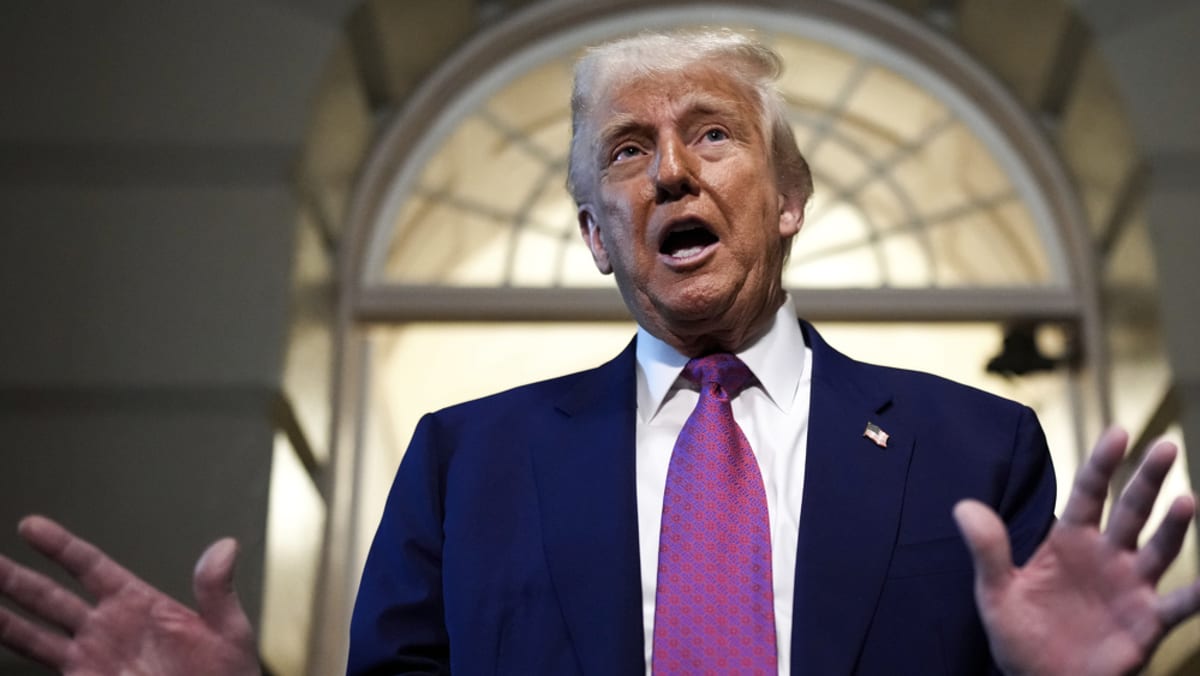Golden Dome is envisioned to include ground and space-based capabilities that can detect and stop missiles at all four major stages of a potential attack: detecting and destroying them before a launch, intercepting them in their earliest stage of flight, stopping them midcourse in the air, or halting them in the final minutes as they descend toward a target.
For the last few months, Pentagon planners have been developing options, which a US official described as medium, high and “extra high” choices, based on their cost, that include space-based interceptors.
The administration picked the “high” version, with an initial cost ranging between US$30 billion and $100 billion, according to the official, who spoke on condition of anonymity to detail plans that have not been made public.
The difference in the three versions is largely based on how many satellites and sensors in space would be purchased, and for the first time, space-based interceptors.
The Congressional Budget Office estimated this month that just the space-based components of the Golden Dome could cost as much as $542 billion over the next 20 years. Trump has requested an initial $25 billion for the program in a proposed tax break bill that needs to be approved by Congress.
The Pentagon has warned for years that the newest missiles developed by China and Russia are so advanced that updated countermeasures are necessary. Golden Dome’s added satellites and interceptors – where the bulk of the program’s cost is – would be focused on stopping those advanced missiles early on or in the middle of their flight.
The space-based weapons envisioned for Golden Dome “represent new and emerging requirements for missions that have never before been accomplished by military space organisations,” Gen. Chance Saltzman, head of the US Space Force, told lawmakers at a hearing on Tuesday.













